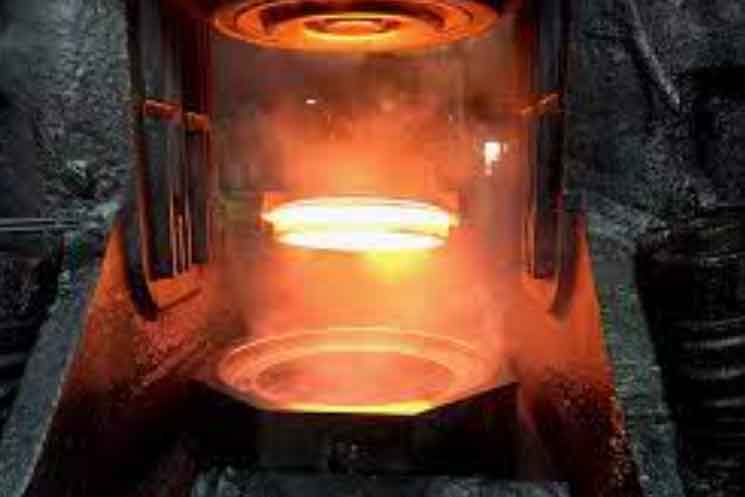
Gear forgings play a crucial role in driving efficiency and performance in various industries. Here are some ways in which gear forgings contribute to improving efficiency and performance:
Strength and Durability:
Gear forgings are manufactured using a forging process, which involves shaping metal under high pressure and temperature. This process creates a solid and dense structure, resulting in gears with superior strength and durability. These robust gears can withstand heavy loads, high speeds, and harsh operating conditions without failure, ensuring reliable and continuous operation.
Improved Load-Carrying Capacity:
Gear forgings have a higher load-carrying capacity compared to gears produced by other methods such as casting or machining. The forging process aligns the grain structure of the metal, enhancing its mechanical properties. This alignment improves the gear’s ability to handle higher loads, transmit torque efficiently, and resist wear and fatigue, thereby boosting performance.
Precision and Accuracy:
Forged gears offer excellent dimensional accuracy and consistency. The forging process allows for precise control over the shape, size, and surface finish of the gear teeth. This level of precision ensures proper meshing, minimal backlash, and optimized gear engagement, resulting in smooth and efficient power transmission.
Cost Savings:
While gear forgings may have higher upfront costs compared to other manufacturing methods, they offer long-term cost savings. The enhanced strength and durability of forged gears reduce the need for frequent replacements, resulting in lower maintenance and downtime costs. Additionally, their high load-carrying capacity enables the use of smaller, lighter gears, which can lead to overall cost reductions in equipment design and energy consumption.
Resistance to Wear and Fatigue:
Gear forgings exhibit excellent resistance to wear, pitting, and fatigue failure. The uniform and refined grain structure obtained through forging ensures a consistent distribution of strength throughout the gear, minimizing stress concentrations and extending its lifespan. This resistance to wear and fatigue contributes to improved performance, reduced downtime, and increased productivity in industrial applications.
Customization and Design Flexibility:
The forging process allows for the production of complex gear shapes with customized features. Manufacturers can optimize gear designs based on specific application requirements, such as tooth profiles, helix angles, and gear ratios. This flexibility enables the creation of gears that are precisely tailored to meet the efficiency and performance demands of various industries.
Gear forgings offer superior strength, durability, precision, and resistance to wear and fatigue. These characteristics contribute to increased efficiency, improved performance, and cost savings in industries reliant on gear systems for power transmission and motion control.
